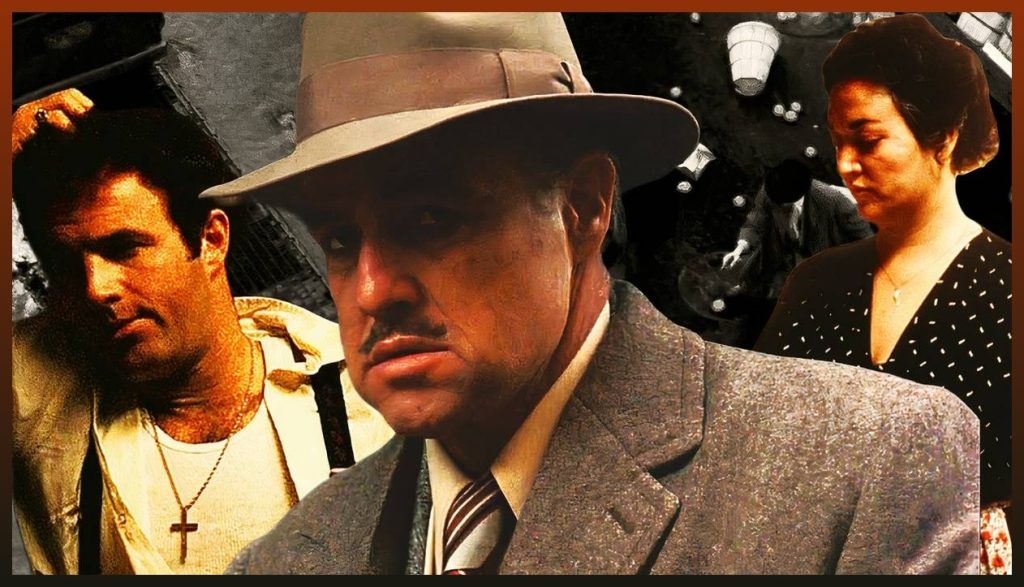
Francis Ford Coppola’s Godfather trilogy has never been a fixed object; it’s a living text that’s been trimmed, restored, reordered for television, and even re-edited, each version revealing something new about the Corleones’ rise and ruin. Beyond the theatrical cuts of 1972, 1974, and 1990, fans have encountered deleted and extended scenes on home video, the television “Saga” that runs Parts I and II in strict chronology with added material, and Coppola’s 2020 re-edit of Part III, The Godfather, Coda: The Death of Michael Corleone. Together these alternates don’t rewrite outcomes so much as they recolor motivations, deepen character, and sharpen the moral arc.
In Part I, the restored or extended moments emphasize intimacy around ritual: extra wedding-business connective tissue, quiet domestic beats, and early clues to Michael’s outsider status. The additional oxygen makes the famous pivot Michael choosing to act against Sollozzo and McCluskey feel less like a plot turn and more like a tragic inheritance. You sense how favors, glances, and toasts form the soft lattice beneath the hard decisions. In short, the “uncut” texture underscores how family life and violence are braided strands of the same rope.
Part II’s extended materials tend to thicken immigrant detail on Vito’s New York ascent and give Fredo’s isolation more room to ache. Those small additions matter: the warmer, communal aura around young Vito’s power-building throws Michael’s Lake Tahoe chill into harsher relief. Havana maneuvers and Senate-hearing connective tissue can read clearer in longer cuts, but the real gain is emotional geometry the mirrored rise and fall drawn in bolder lines so that the final image of Michael alone feels inevitable rather than merely austere.
Part III and Coda are less about “more” footage than different emphasis. Coda reframes the opening with Church-business negotiations and lands a new ending, giving the chapter a leaner arc around repentance, legitimacy, and consequence. Secondary threads feel tidied, motivations sharpened, and Michael’s yearning for absolution pushed forward. The tragedy plays not as operatic excess but as an argument about whether a soul can outrun its past; the answer, inevitably, is no.
The television “Saga” and other chronological assemblies offer a different epic. By starting with young Vito and running straight forward, they trade Part II’s elegant cross-cutting for a novelistic march through time, often restoring dozens of minutes of family texture and connective tissue. This ordering warms Vito and cools Michael: power looks communal in the father’s hands and clinical in the son’s, making the moral slope easier to follow and somehow sadder. It’s not definitive, but it is indispensable alongside the theatrical versions because it reveals how editing is authorship.
What the uncut lens teaches, across all parts, is that power is built in the margins kitchen-table promises, quiet obligations, moments often trimmed for pace-and that violence exacts its highest cost on intimacy. Theatrical cuts give peerless propulsion; extended and alternate cuts give resonance and weight. If you want the fullest experience, watch Parts I and II theatrically for canonical rhythm, explore a chronological/TV “Saga” to savor restored character beats, then visit Part III in both its original form and Coda to feel Coppola’s intended emphasis on reckoning. In the end, the Godfather saga isn’t one version but a constellation, and the more of it you see, the clearer its simple, devastating truth becomes: every choice in this family is personal, and every personal choice becomes history.





